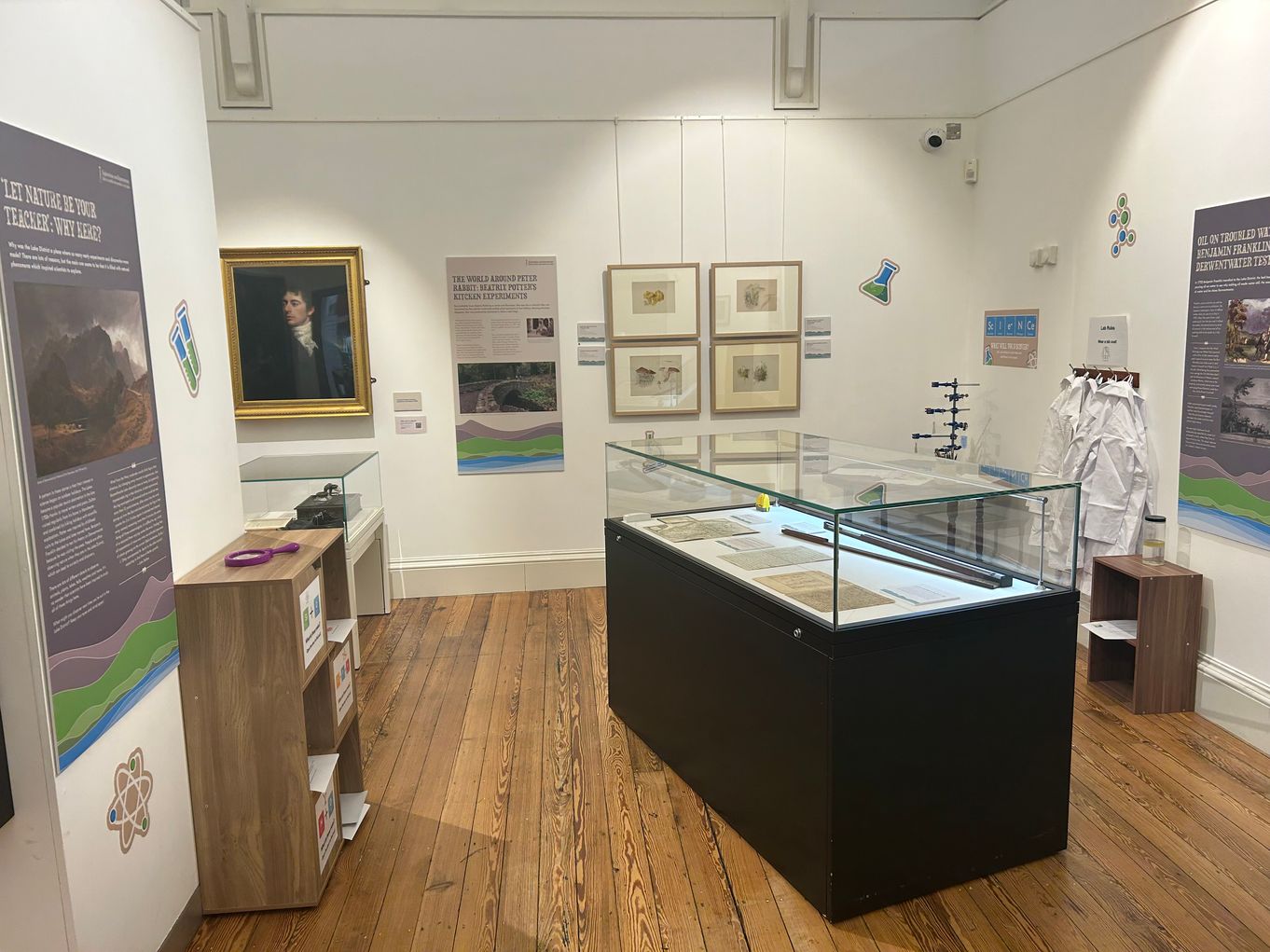Explorations and Experiments: Early Scientific Discoveries in the Lakes
A new exhibition at Keswick Museum explores and explains what made the Lake District such a hotbed of scientific discovery in the 18th and 19th centuries.
Telling the story of early scientific explorers such as John Dalton, Jonathan Otley, Benjamin Franklin, and Beatrix Potter, Explorations and Experiments shows how the landscape of Cumbria inspired them to experiment.
Curator at the museum Nicola Lawson comments: “When I first started researching this topic, I was struck by how many scientific discoveries were made right here in the Lake District. Our exhibition looks at work by a selection of important scientists to ask – why here? What was it about our area that inspired them, and how might it inspire us?”
The exhibition features loans from the Whipple Museum of the History of Science and the Armitt Museum, alongside objects from Keswick Museum’s own collections.
The new exhibition forms part of the museum’s Natural Science Year, supported by the National Lottery Heritage Fund.
A smaller display at the museum – Flood! -explores the past and present of flooding in and around the town, which has had a long history of flooding. Studies have shown that the area had flood events as far back as 1460, and it has already had three major floods in the 21st century. A third exhibition on the Natural Science theme, running from 4th August – Riverlands – will show what the National Trust Riverlands project is doing to help our rivers and wetlands be more resilient to climate change. Riverlands aims to restore rivers and catchments to be healthy, clean and rich in wildlife.

